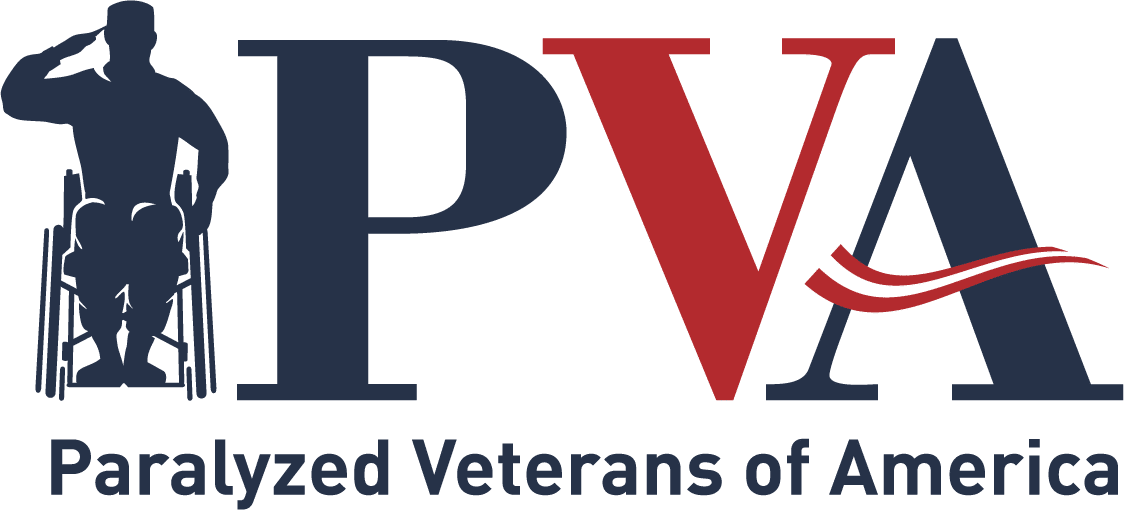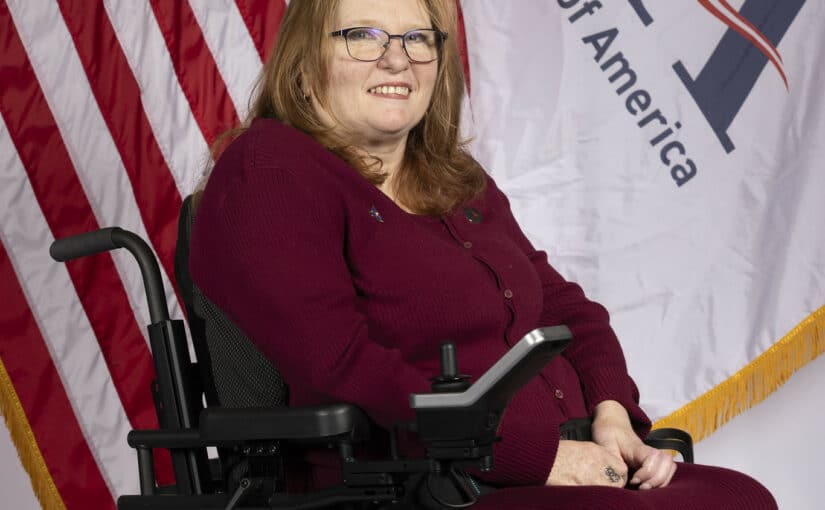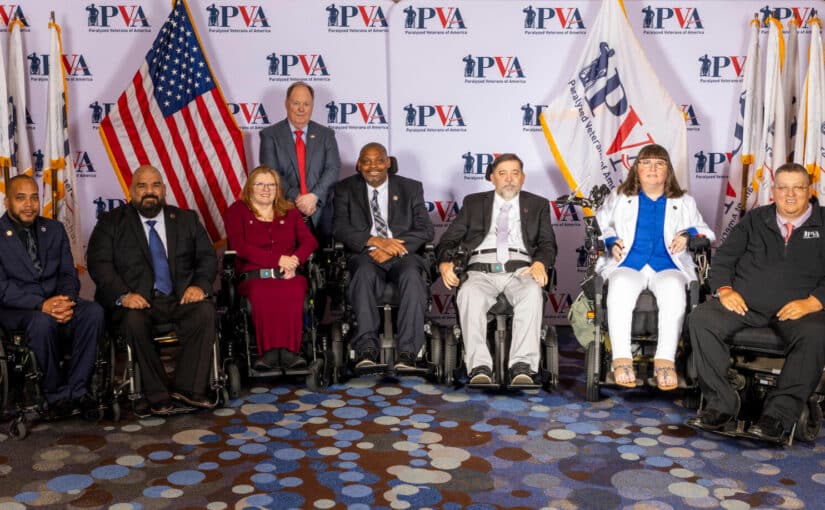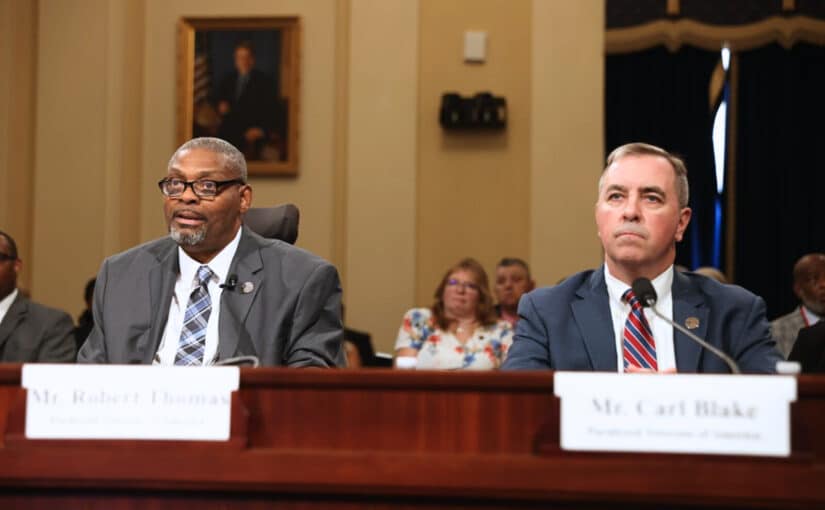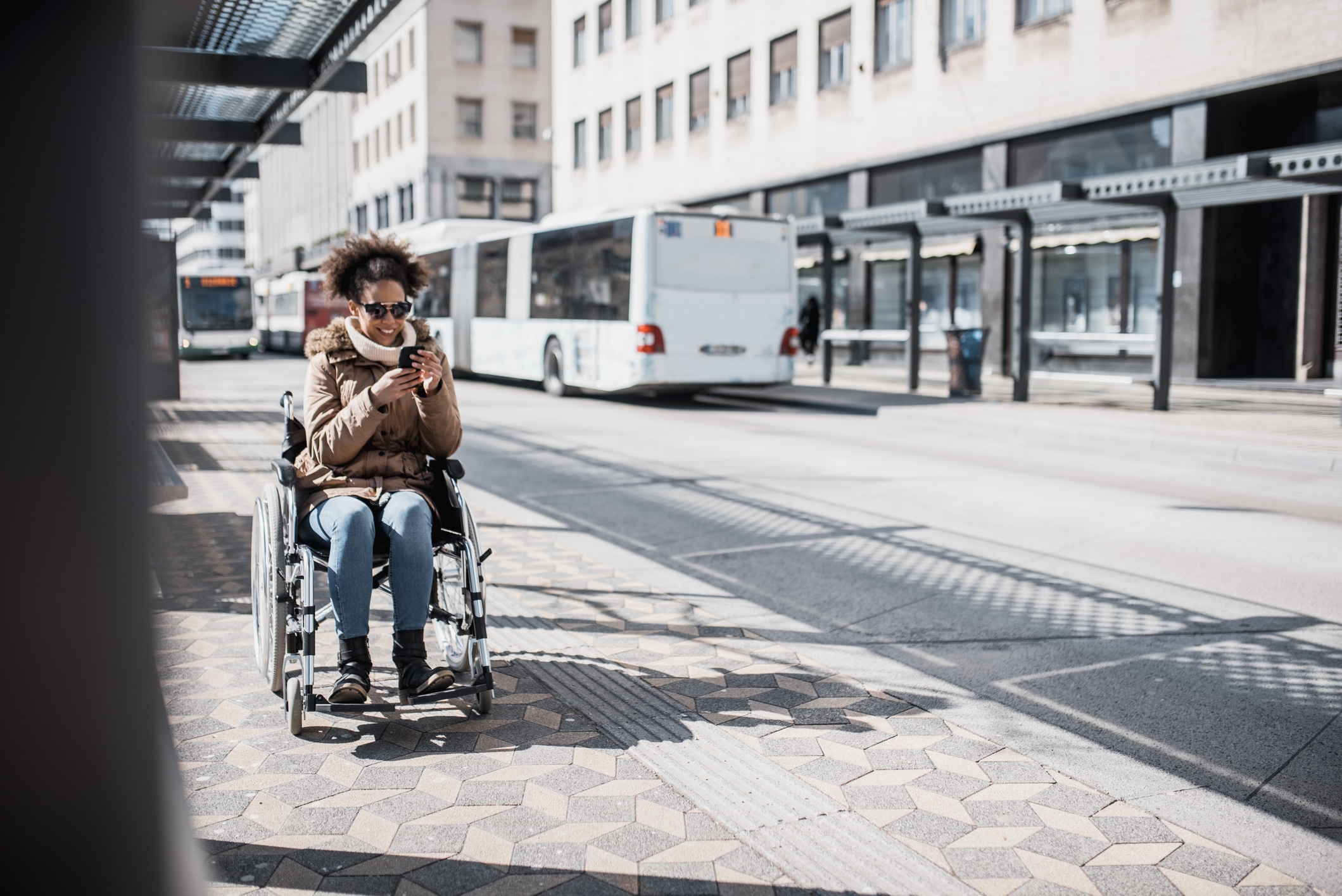
Letter to President Biden Regarding Accessible Transportation
Post Date: February 24, 2022February 24, 2022
The Honorable Joseph R. Biden
The White House
1600 Pennsylvania Avenue, NW
Washington DC 200050
Dear President Biden:
Congratulations on signing the Infrastructure, Investment and Jobs Act (IIJA) into law. We thank you for your tireless efforts to deliver this promise to the American people. In addition to providing generational investments to repair and improve our infrastructure and transportation system, the implementation of this law presents an historic opportunity for the U. S. Department of Transportation to improve mobility options for individuals with disabilities, older adults, and other underserved populations.
Achieving accessible, equitable transportation among diverse populations continues to be a challenge for our nation, and one we hope funding from the IIJA will work to address. The 26 percent of American adults with a disability[1] have limited transportation options, which restricts their access to healthcare, education, and jobs, and impacts their ability to contribute to our economy and communities. The results are stark: unemployment and poverty levels are twice as high for those with disabilities as those without. The need for solutions is only growing more urgent, as the Census Bureau projects that the population of older adults will reach record levels by 2030[2], with 3.6 million Americans not leaving their homes due to travel and mobility difficulties[3].
We were disappointed that Congress did not include several programs in the IIJA that are important to the disability and underserved communities, including the Disability Access to Transportation Act (DATA) (HR. 1697/S. 2038). However, we believe the IIJA provides the Administration with significant new authority and higher funding levels that can be used to positively impact the lives of all Americans, especially individuals with disabilities and those who have limited transportation options, numbering l5.5 million according to the Bureau of Transportation Statistics at the U.S. Department of Transportation3. We are encouraged by the inclusion of the All Stations Accessibility Program, which will provide much-needed funding to improve accessible infrastructure in rail stations.
As IIJA programs are implemented, we offer two specific recommendations for your consideration. These recommendations would have profound and lasting results, especially for those with disabilities, seniors, and underserved populations:
- Fund innovation that increases and improves accessible mobility: Antiquated paratransit operations are being vastly improved by new technologies, and on-demand public transit services are improving mobility for all people. Significant new grant programs established by the IIJA — such as the Carbon Reduction Program, the Congestion Relief Program, and the Rural Surface Transportation Program — provide critical opportunities to expand transportation innovations across America. We realize these programs will fund a variety of projects, but we encourage your Administration to give high priority to applications that can immediately improve mobility for people with disabilities, and to require and ensure that projects increase and improve transportation accessibility in communities. For example, we encourage you to fund projects that provide accessible, on-demand transit; paratransit services that take advantage of the latest routing, dispatch, and app-based booking technologies; and integrated mobility services that will make it easier for everyone to move around their communities.
- Make Existing Infrastructure Accessibility a Priority: Funding for capital infrastructure investments should ensure that communities are more accessible by investing in making existing curbs, sidewalks and transit stations more accessible. We should not build additional roads until the existing roads are made accessible for all people. We would appreciate if the Administration prioritized modernizing existing infrastructure with the goal of increasing accessibility. For example, in implementing IIJA programs that work to build complete streets, active transportation, and electric vehicle charging infrastructure, we urge the Department to prioritize planning and implementation of projects for communities with a significant focus on building accessibility into existing inaccessible infrastructure. When prioritizing and implementing accessibility features within the built infrastructure, counties and states implementing the development must involve persons with disabilities and organizations that advocate for such causes to ensure that the plans adequately accommodate people with disabilities. This is particularly important as new design routinely leaves out people with disabilities or makes their needs the last priority. Protection and advocacy programs, centers for independent living, and development disability councils[4] are among the many organizations who can advise on how to make new infrastructure accessible for people with disabilities most effectively.
We are grateful that you have made increasing equity a core component of this Administration’s work and applaud the Administration’s Justice40 initiative. While the development and deployment of a universal accessible automated vehicle platform is continuing, there is much your Administration can achieve with America’s existing infrastructure to complement this promising transportation transformation. As the Administration seeks to improve transportation accessibility and deliver equitable economic security and increased mobility to people with disabilities and underserved communities, including all diverse populations, we encourage the federal government to accelerate the transition to responsive transit technologies by fully leveraging the truly historic funding opportunity the IIJA presents.
Sincerely,
American Association of People with Disabilities
American Council of the Blind
Easterseals
National Disability Rights Network
Paralyzed Veterans of America
United Spinal Association
Cc: The Honorable Pete Buttigieg, Secretary of Transportation
Mayor Mitch Landrieu, Senior Advisor to the President and Infrastructure Coordinator
[1] Centers for Disease Control and Prevention, Disability Impacts All of Us, https://www.cdc.gov/ncbddd/disabilityandhealth/infographic-disability-impacts-all.html
[2] U.S. Census Bureau, Older People Projected to Outnumber Children for First Time in U.S. History, https://www.census.gov/newsroom/press-releases/2018/cb18-41-population-projections.html
[3] U.S. Department of Transportation, Office of the Secretary of Transportation, Bureau of Transportation Statistics, https://www.bts.gov/travel-patterns-with-disabilities
[4] U.S. Department of Health & Human Services Administration for Community Living, https://acl.gov/programs/aging-and-disability-networks/state-protection-advocacy-systems
